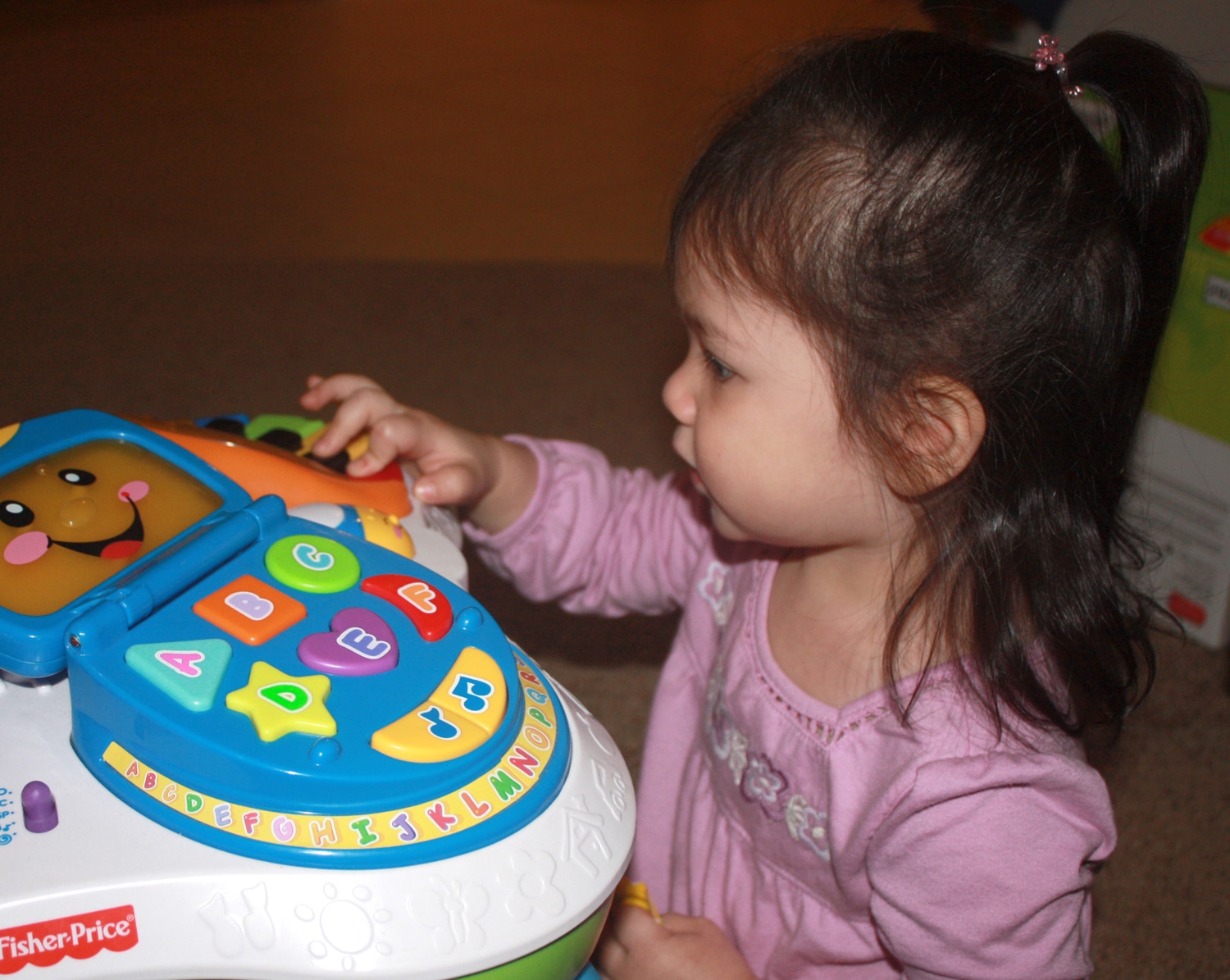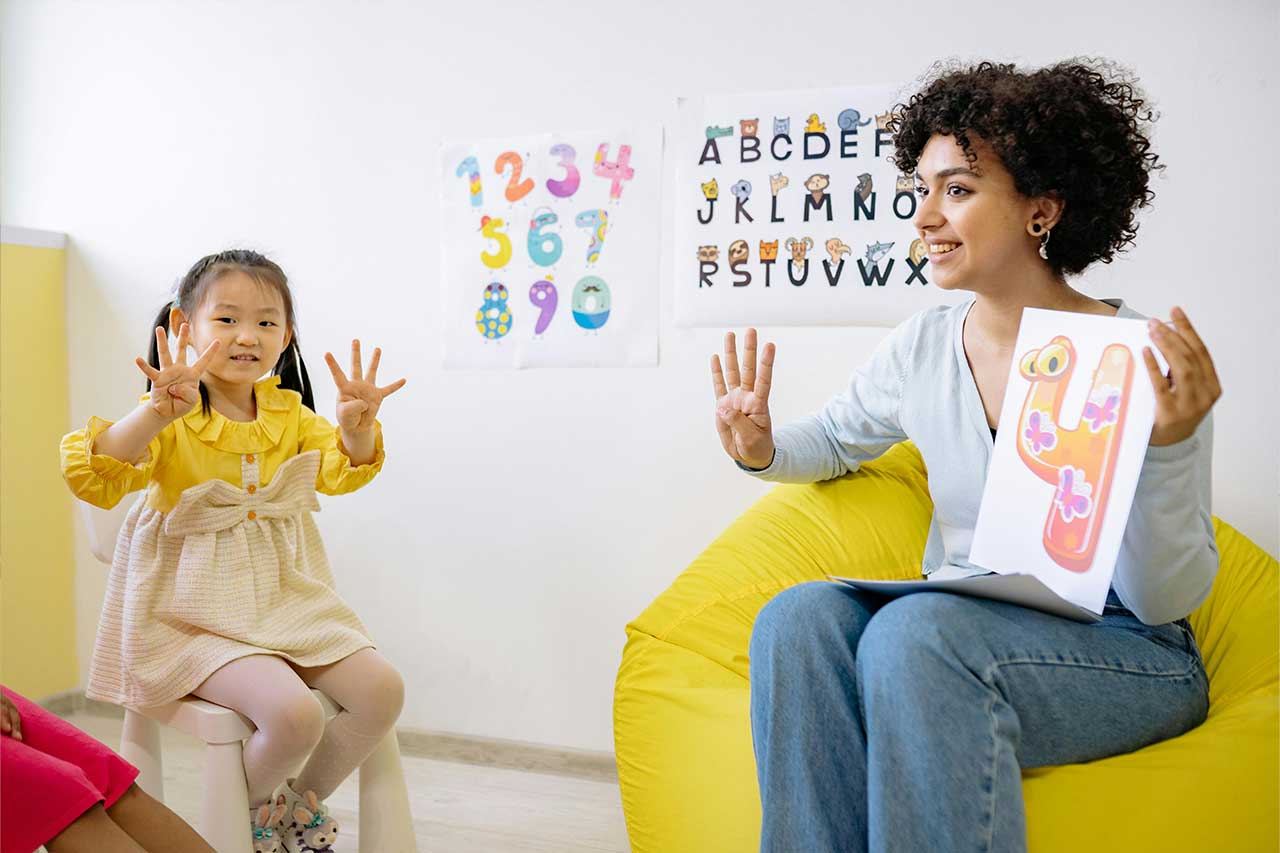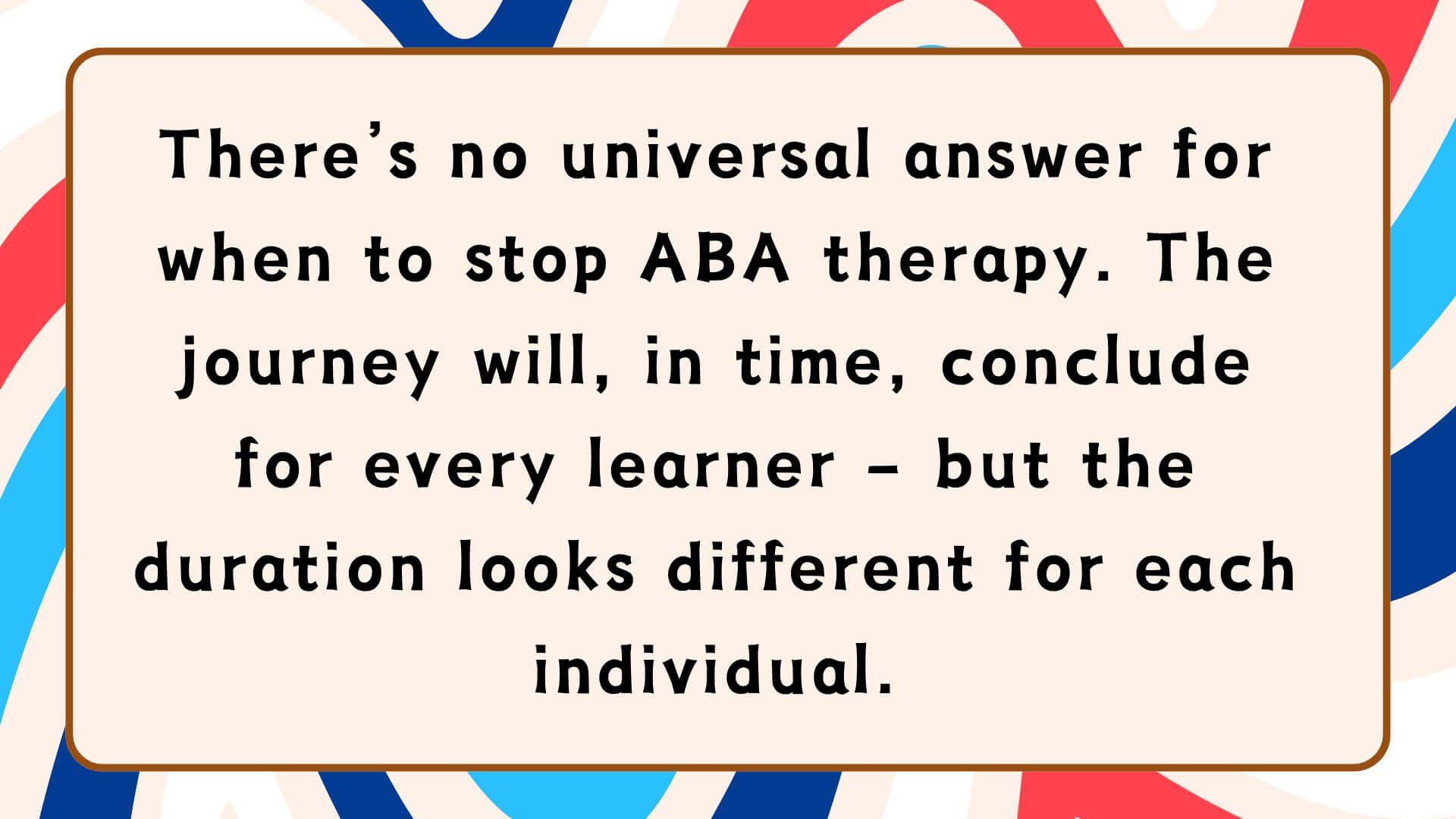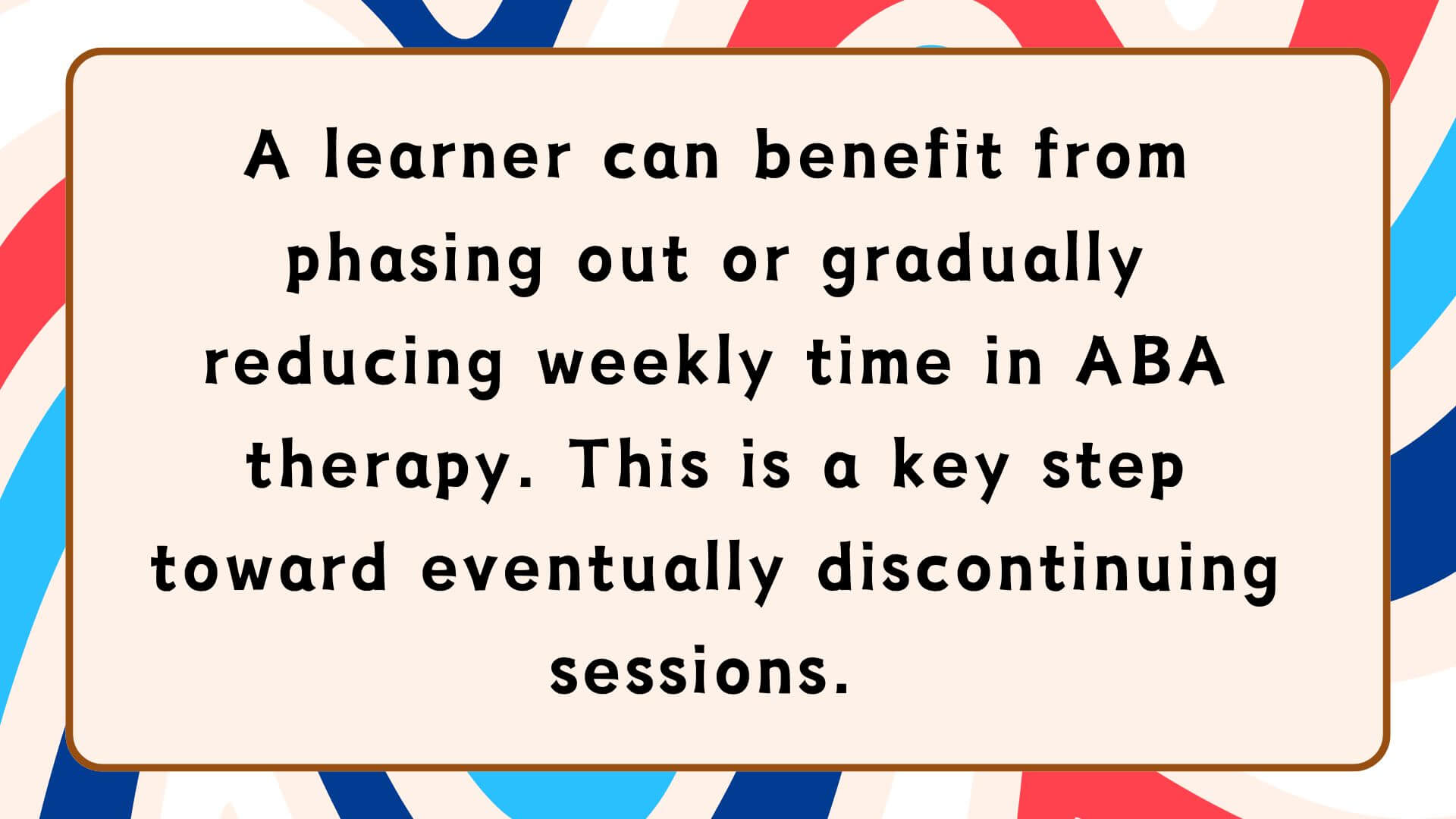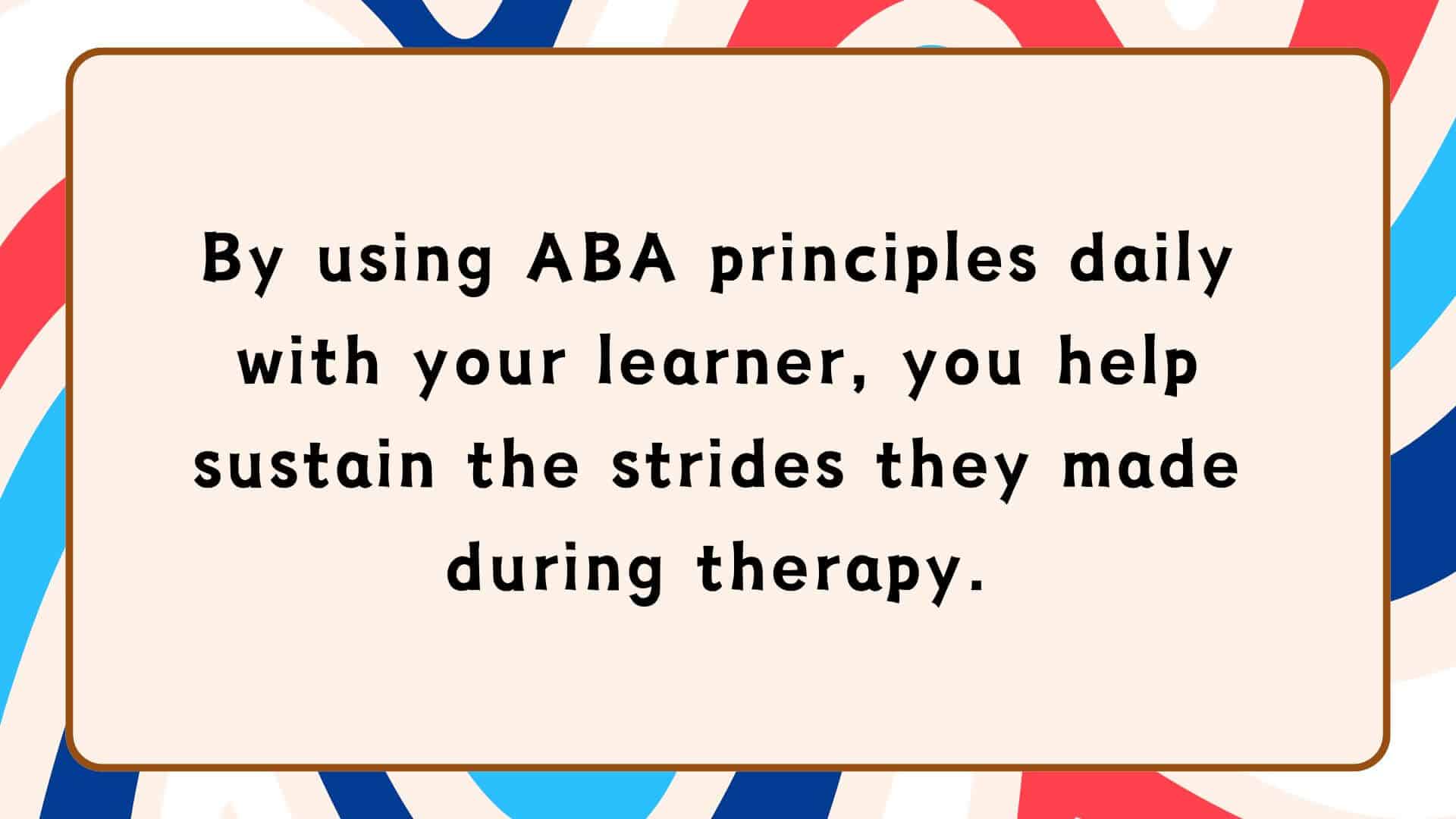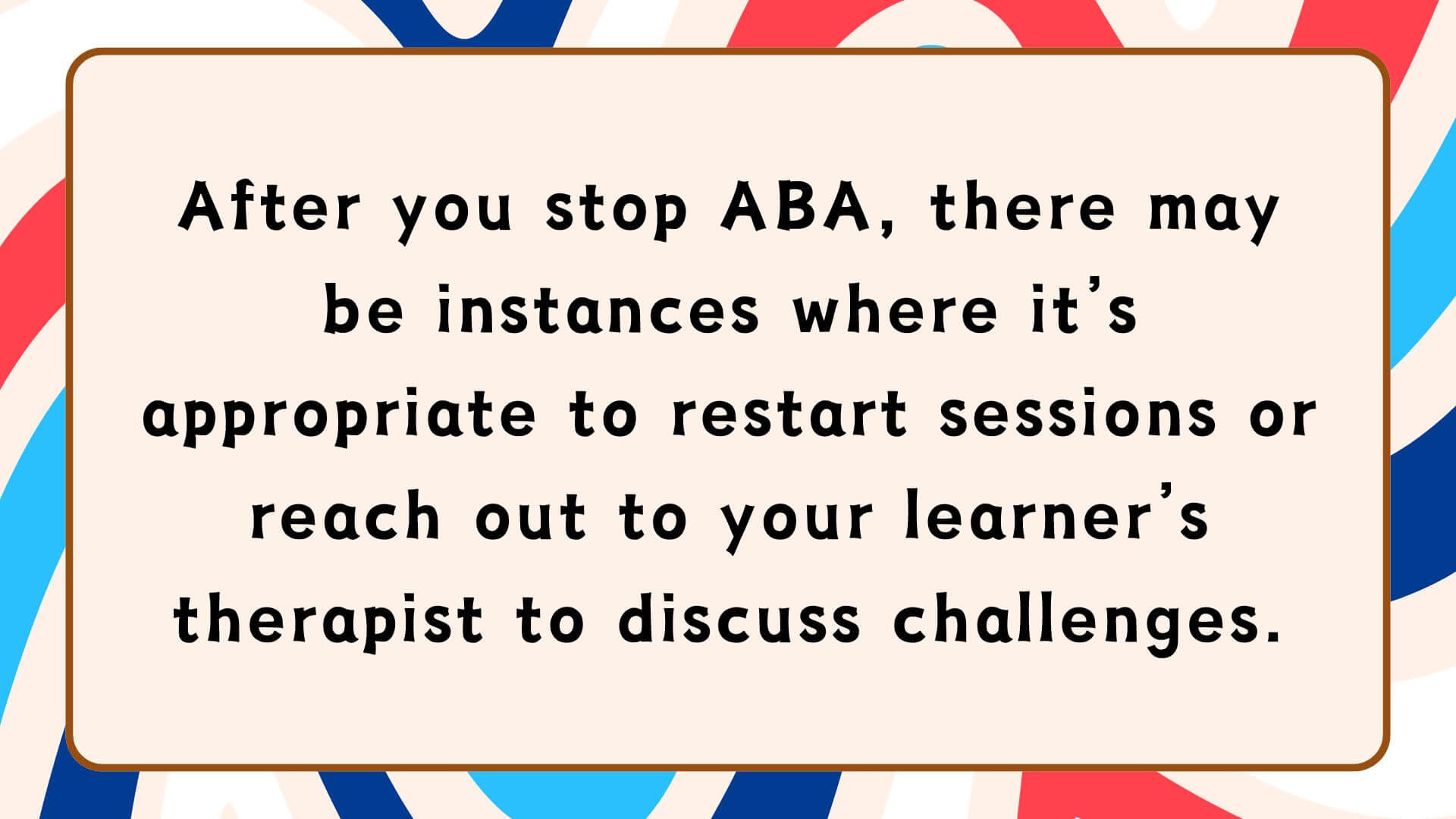BCBS & Medcost ABA Therapy Coverage in NC – What Parents Need to Know
Since 2021, every US state has required certain health insurance plans to cover autism-related services, including Applied Behavior Analysis (ABA) therapy. With the benefits of ABA therapy being so significant, this is a tremendous win for the families and more than two million children and adolescents in the US who are diagnosed with autism today.
In this ABA therapy insurance coverage guide, we’ll address the questions we’re most frequently asked at A Bridge to Achievement (ABtA) regarding insurance, including:
- How is ABA covered by insurance in North Carolina?
- Does Blue Cross Blue Shield cover ABA therapy?
- Does MedCost insurance include ABA therapy benefits?
- How do I check my insurance benefits for ABA therapy?
- What factors determine ABA therapy coverage?
- How long does it take insurance to approve ABA therapy?
- Are there out-of-pocket costs for ABA therapy?
At A Bridge to Achievement (ABtA), we accept Blue Cross Blue Shield (BCBS), MedCost, Aetna NC State Health Plan, Medicaid, and Private Pay, and we have a dedicated team to help you navigate the insurance process. In this article, we’ll focus on MedCost and BCBS ABA therapy coverage.
How is ABA Covered By Insurance in NC?
North Carolina began mandating insurance coverage for autism on July 1, 2016 when General Statute § 58-3-192 went into effect. All applicable health benefit plans delivered, issued for delivery, or renewed in the state on or after that date must cover:
- Autism screening, diagnosis, and treatment
- ABA therapy
It’s important to note that while this statute mandates coverage for certain plans, some – such as non-grandfathered individual and small group markets subject to the essential health benefits package under federal regulations – may not be required to provide this coverage.
Does Blue Cross Blue Shield Cover ABA Therapy in NC?
Yes, Blue Cross and Blue Shield (BCBS) of North Carolina provides coverage for ABA therapy for members diagnosed with autism. Consult your member portal or contact BCBS directly to understand the details of your Blue Cross Blue Shield autism coverage, as individual plan benefits may vary.
Does MedCost Insurance Include ABA Therapy Benefits?
ABA therapy is covered by MedCost insurance in NC, but coverage specifics will depend on your individual health plan. Access MedCost member services to review your plan documents or contact MedCost directly to learn more about the factors that determine eligibility for services.
Most MedCost plans do not require preauthorization for ABA therapy, which may help to accelerate the timeline between assessment and services.
How Do I Check My Insurance Benefits for ABA Therapy?
The authorization team at ABtA can verify benefits and submit prior authorization requests on your behalf. You can also contact your insurance company directly.
We’ll look into some specifics for Blue Cross Blue Shield and MedCost below, but first, let’s look at how to check your insurance benefits for ABA therapy, regardless of your provider. Should out-of-pocket costs apply, choosing an in-network provider can help to minimize expenses.
1. Review Your Insurance Policy
Log in to your provider’s online portal and check your Summary of Benefits and Coverage (SBC). Look for terms such as: Autism Spectrum Disorder (ASD) treatment, Behavioral Health Services, or Applied Behavior Analysis therapy. Check for coverage limits, age restrictions, session limits, and copays/deductibles.
2. Call Your Insurance Provider
Dial the customer service number on the back of your insurance card. Connect with a representative in behavioral health services and ask:
- Is ABA therapy covered under my plan?
- Are there any coverage limitations? (e.g., age, number of sessions, dollar limits)
- Do I need a formal autism diagnosis to qualify for coverage?
- Is pre-authorization required?
- Are there specific providers I must use (in-network vs. out-of-network)?
- What are my out-of-pocket costs? (e.g., copays, deductibles, coinsurance)
- Are there exclusions or waiting periods?
3. Verify with Your Employer (Group Plan)
If your insurance is through your employer, check with your HR department or benefits administrator. Some employer-sponsored self-funded plans are not required to follow state autism mandates.

What Factors Determine ABA Therapy Coverage?
Insurance companies may have additional criteria, but typically, providers require that these factors are met before approving coverage for ABA therapy:
- Autism Diagnosis: A formal autism diagnosis from a qualified professional.
- Medical Necessity: A physician’s letter stating the necessity of ABA therapy.
- Qualified Providers: Therapy must be delivered by credentialed professionals.
How Long Does It Take Insurance to Approve ABA Therapy?
Generally, the approval timeline for ABA therapy by insurance companies is anywhere from a few days to several weeks. A number of factors can influence this timeline. To expedite the process, ensure your documentation is accurate and complete, maintain communication, and start the process early.
Are There Out-Of-Pocket Costs for ABA Therapy?
Out-of-pocket costs for ABA therapy vary based on insurance coverage, provider network, and specific plan details. Of course, determining your specific expenses will require that you connect with your insurance company. The authorization team at A Bridge to Achievement can obtain this information for you.
For families needing assistance, Medicaid, state programs, and provider payment plans may help offset costs.
Therapy Services at A Bridge to Achievement
The ABtA team is dedicated to supporting learners with autism. We perform diagnostic assessments for autism, provide one-on-one and small group ABA therapy for ages 3 to 21+, and offer several targeted programs that apply the principles of ABA therapy:
- Building Bridges is a preschool alternative and Kindergarten readiness program for early learners.
- BRIDGES (Building Relationships, Independence, Determination, Group & Essential Skills) is for learners ages 8-21+ who benefit from a therapeutic supplement to their homeschool curriculum and benefit from daily living skills support and socialization.
- Our Social Skills Groups are for teenagers who want to work on social competencies in a supportive and structured environment.
- The ABtA Vocational Skills Program is for ages 14+ who are keen to improve their vocational and professional skills and get hands-on job practice in a simulated work environment.
Our commitment to serving the whole child means engaging caregivers as well. Our Balance Program is a telehealth program for those caring after learners with autism who need support finding balance at home.
How can the ABtA family be of service to your family? Request services or reach out to our team to start a conversation. Support starts here.


